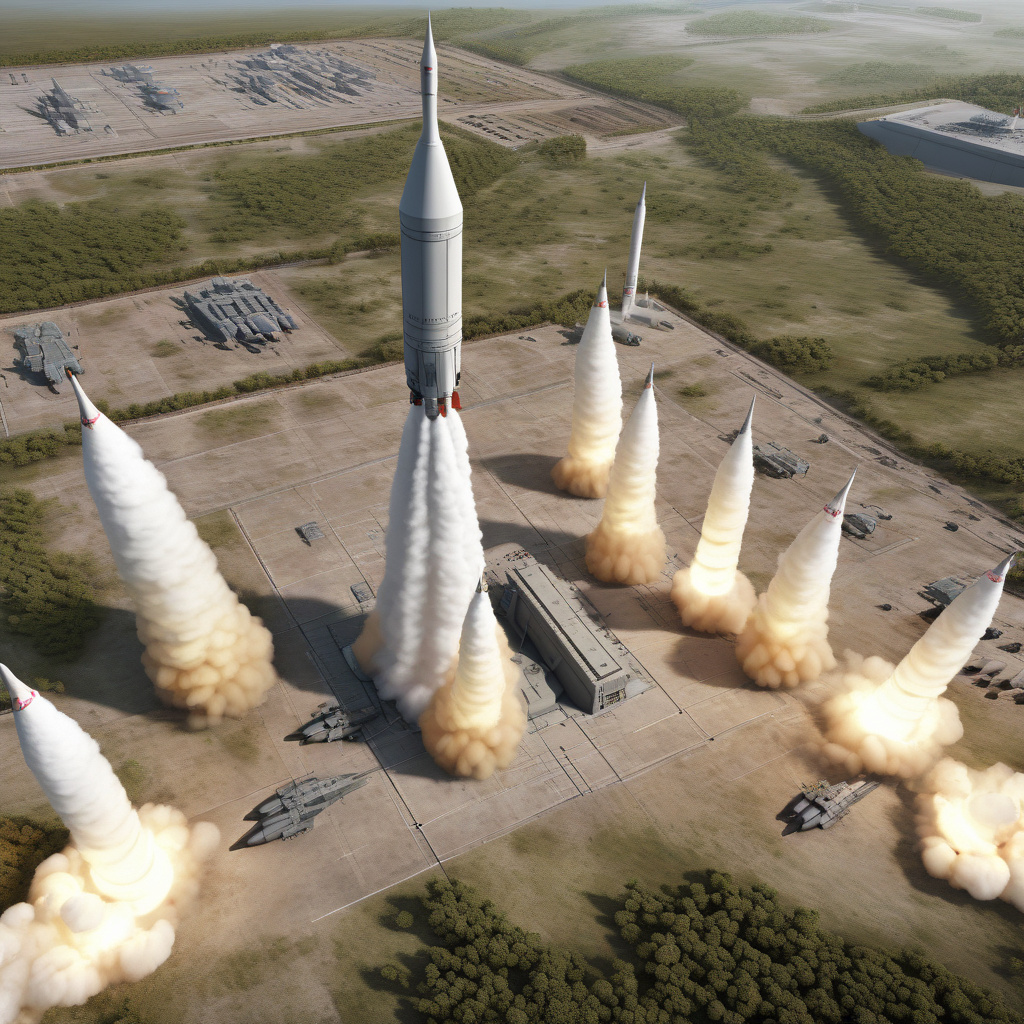China’s Military Might on Display: Firing 16 Ballistic Missiles and Unveiling Next-Gen Radar System
Demonstrating its ever increasing military capabilities, China’s People’s Liberation Army (PLA) fired up to 16 ballistic missiles in a recent large-scale test. This bold showcase of strength not only exhibits China’s advancements in missile technology but also underscores its commitment to bolstering its defense systems. The strategic display comes at a time when global geopolitical tensions are on the rise, sending a clear message about China’s readiness to protect its interests.
The PLA’s missile launch, which included the testing of DF-21D and DF-26B missiles, showcases China’s advancements in precision strike capabilities. These missiles, known for their anti-ship capabilities, pose a significant threat to naval assets in the region. By conducting such tests, China not only flexes its military muscle but also aims to deter potential adversaries from engaging in actions that could undermine its security.
In addition to the ballistic missile test, China also unveiled its next-generation radar system during the same military exercise. The new radar system, equipped with state-of-the-art technology, is expected to enhance China’s early warning capabilities, providing crucial information for defense purposes. With a focus on improving situational awareness and response times, this radar system represents China’s commitment to modernizing its defense infrastructure.
The combination of ballistic missile tests and radar system unveiling highlights China’s holistic approach to strengthening its defense capabilities. By investing in both offensive and defensive technologies, China aims to establish itself as a formidable force in the global military landscape. This comprehensive strategy aligns with China’s long-term vision of safeguarding its national security interests and asserting its presence on the world stage.
The recent military drills also serve as a reminder of China’s growing influence in the Asia-Pacific region. As tensions simmer over territorial disputes and strategic rivalries, China’s military assertiveness sends a clear signal to its neighbors and beyond. The PLA’s demonstration of firepower underscores the importance of military modernization in an era marked by uncertainty and competition.
Furthermore, China’s advancements in missile technology and radar systems have broader implications for regional security dynamics. As China continues to enhance its military capabilities, neighboring countries and major powers are likely to reassess their own defense strategies. This could potentially lead to an arms race in the region, with ripple effects on global security architecture.
In conclusion, China’s recent display of military prowess through the firing of ballistic missiles and the unveiling of a next-generation radar system underscores its commitment to strengthening its defense capabilities. The strategic significance of these developments reverberates beyond the military domain, shaping regional security dynamics and influencing global perceptions of China’s rise as a major power. As China continues to invest in cutting-edge defense technologies, the implications for regional stability and international security remain a topic of keen interest and concern.
China, PLA, Ballistic Missiles, Radar System, Defense Modernization












